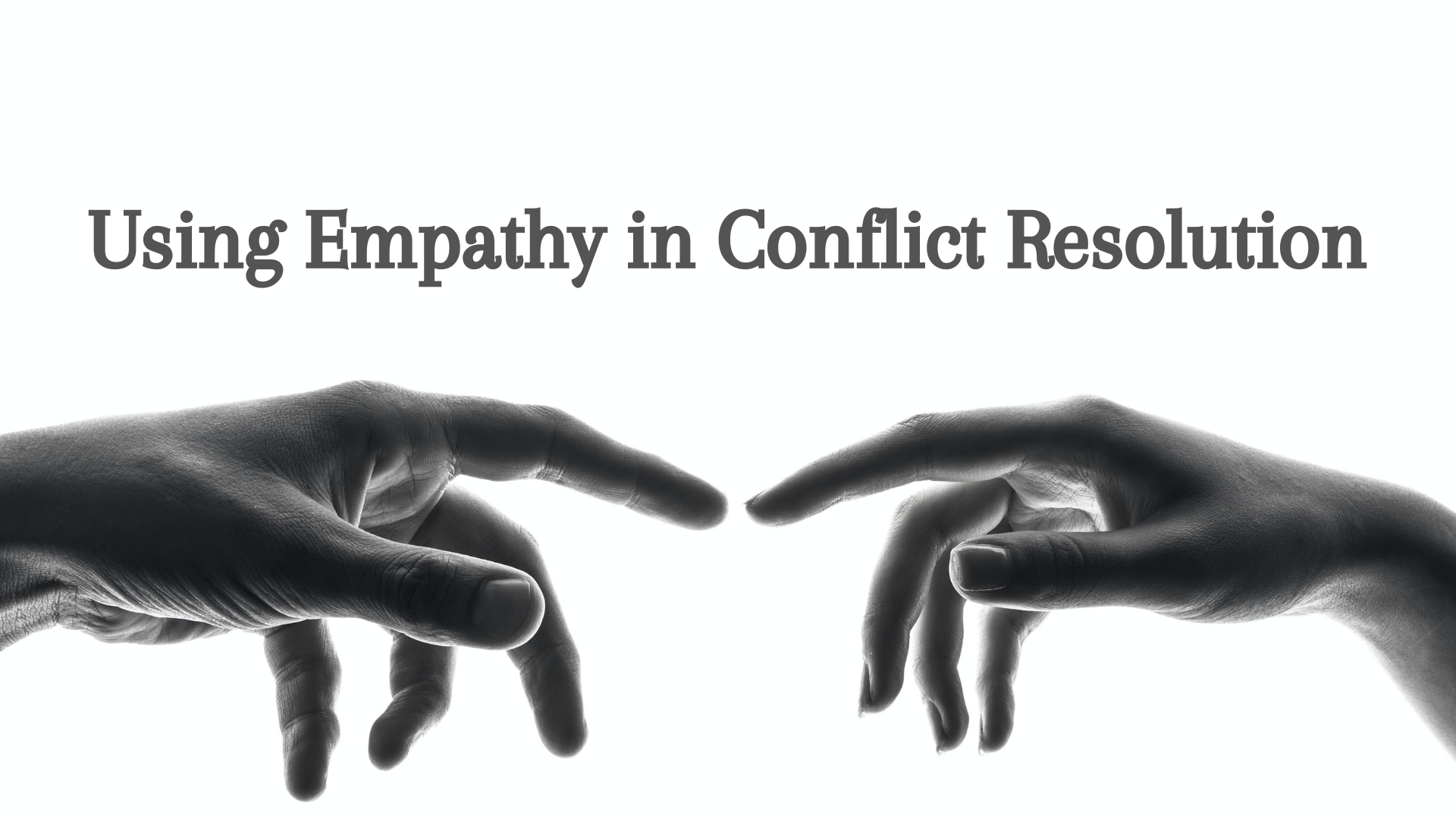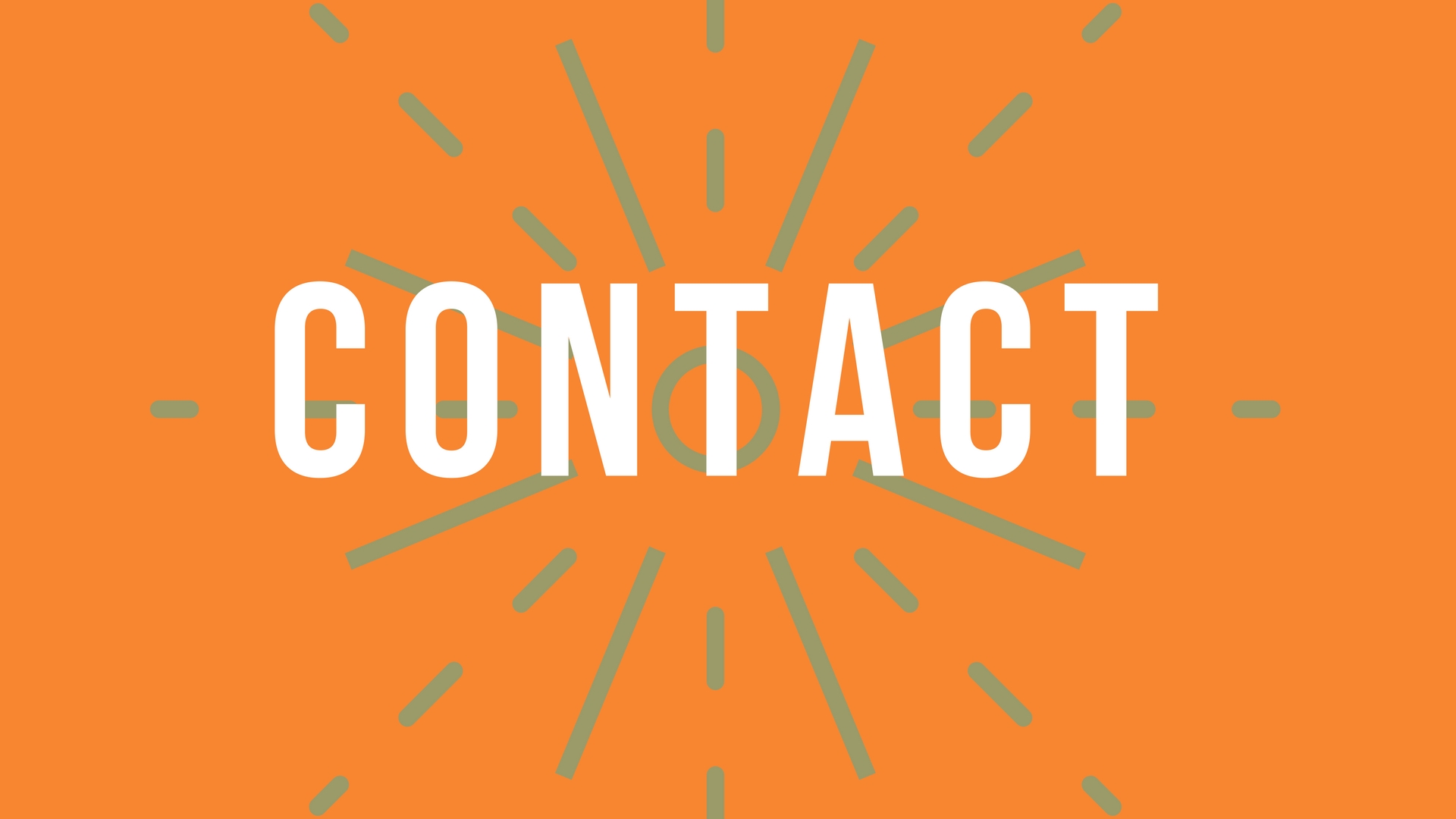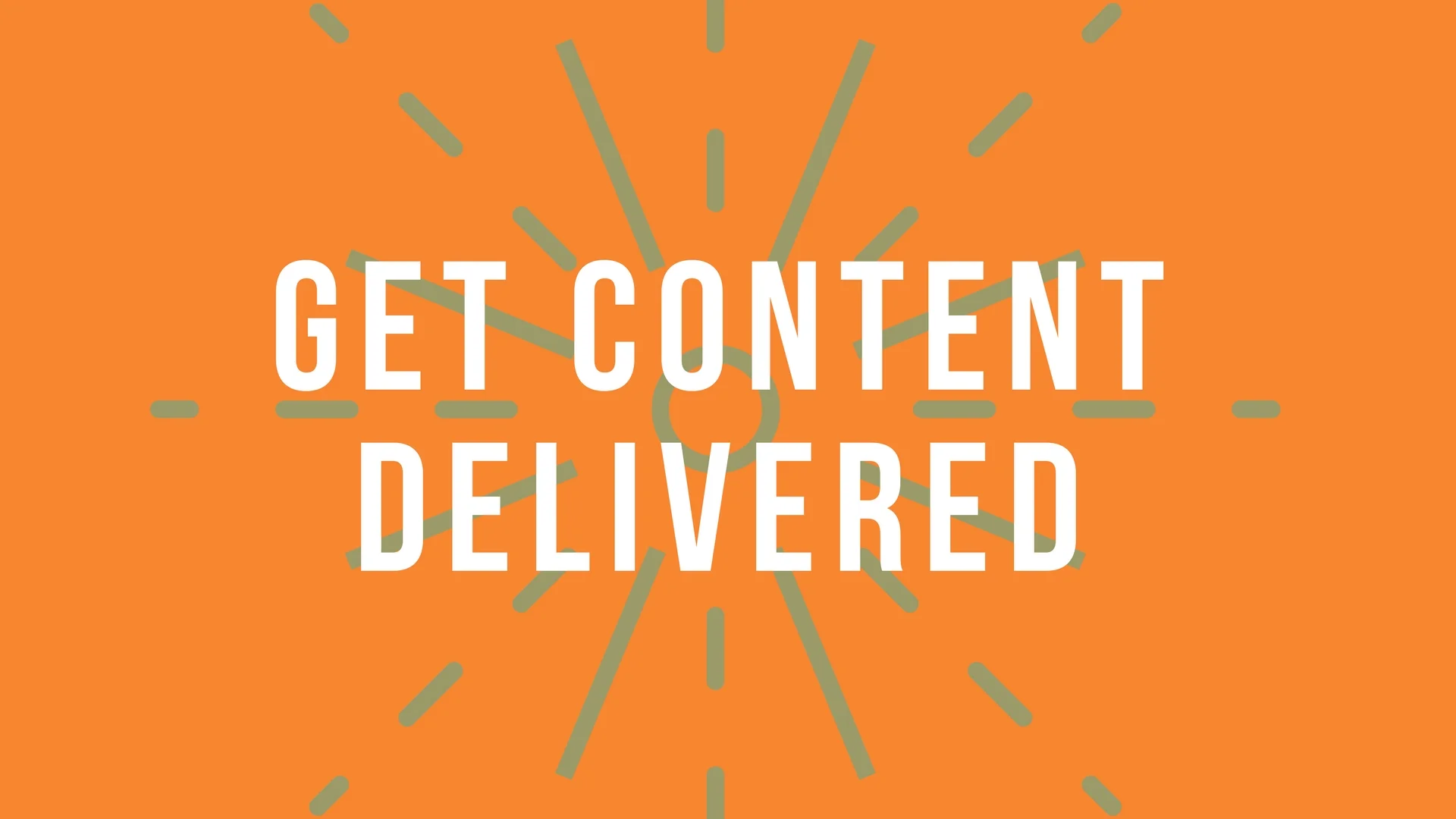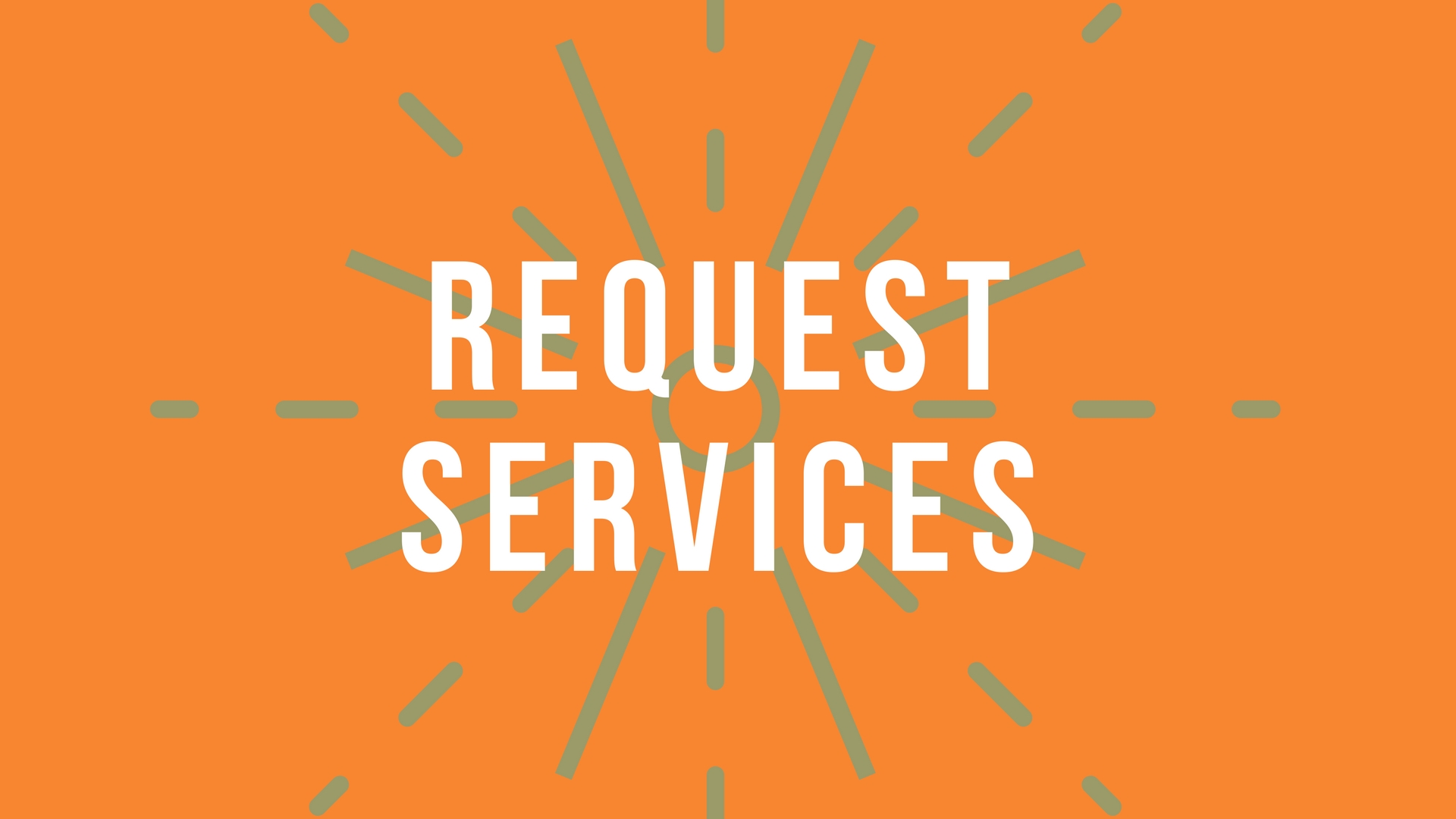Why Resolutions, Innovation, & Good Ideas Often Fail
/On creation habits and what’s in the way.
TL;DR
Memory is complicated, transformative information is a myth, and we naturally resist change
Memory requires information to be encoded and changing norms requires overcoming entrenched habits. These two barriers can be mastered with an intentional process that moves our ideas from our heads to our hands.
Photo by Kelly Sikkema on Unsplash
The road to hell is paved with good intentions.
A recurring motif occurs annually as the fall season shifts to a bleak winter and a new year beckons us toward new opportunities. Countless individuals will sit down, reflect on all their perceived inequities, failures, and disappointments, and write out a list of resolutions for how the next year can be different.
Whether it is a business reflecting on fourth-quarter earnings, an organization imagining transformative models for growth, or families and people simply hoping for something better; we have a propensity to dream of the glamorous realities of potential progress. Humanity appears to have an even better track record of never realizing such monumental feats.
Photo by Brent Pace on Unsplash
There is a story about two ancient desert monks who had committed themselves to a vow of permanence at their monastery. Though they had pledged to stay at their monastery indefinitely, they longed to travel and explore the world that was now unobtainable to them.
Therefore, they came up with a plan.
Every six months they would sit and elaborately map out the details of a trip to some part of the world. Every component was considered and they had before them the directives for how they would fulfill their wanted desire.
Once they were finished with their plan, they would return to their duties and, six months later, plan out another trip. Again and again, they continued this cycle of enjoying the excitement of potential without ever having to make it a reality. Their plan for change always stayed before them.
Writing out an idea is the easy part. Executing the idea is a struggle that tends to keep them as an obstacle forever in the future. How many dreams now occupy the dustbin of history? Unfortunately, our good ideas, hoped-for innovation, and transformative resolutions often fail.
Because there is a difference between ideation and execution.
And it is a difference that indicts two barriers — our resistance to change and the complicated process of memory.
If we want to actualize our good ideas, we will need to understand these troublesome obstacles and we will need to learn how to move our ideas from our heads to our hands. Execution is possible, but it won’t just happen by thinking something into existence.
The Myth of Transformative Information
Wikipedia: Tobacco Package Warning Labels
The following criticism is not entirely fair. I want to give the history of Surgeon Generals credit; at least they tried.
However, how many people have stopped smoking because they read the warning that is printed on every box of cigarettes?
The information is there. The message and rhetoric have all the content someone needs to know about what will happen if they partake in the substance. Rarely does it change anyone’s mind. Even further, the difference between how many people consider quitting a substance and the ones who actually do is staggering.
We may have a myth that information is transformative.
It is not.
One of the central principles of communication is that rhetoric does not change people, experience does. The psychological emphasis is that phenomenologically (the idea that a person’s consciousness is primarily comprised of their direct experience of the world), we only have what we know and we only know what we have seen. In order for something to be embedded in your consciousness, it has to be directly, tangibly, and meaningfully experienced. You can read warning labels and profess a desire to quit smoking all you want, but the ideated information won’t automatically be executed simply because you did. Something else has to accompany the good idea.
The Transtheoretical Stages of Change describes this as pre-contemplation, contemplation, and action. Let’s be clear, the information can still be important. You need to properly see a problem, consider its depth and nuance, and understand the factors that make a potentially new behavior good — but the internal consideration must be accompanied by external action if anything is going to be different. Willpower is not enough. There needs to be a well-informed plan, but there also needs to be direct experiences to manifest the plan into reality.
The necessity of experience and tactile execution still has a lot to do with our heads; well, at least our brains. A popular move amongst organizational leaders is that you have to communicate a message thousands of times before you can expect your employees or stakeholders to understand it. This is the foundation of advertising. You can’t just market a product; you have to saturate the experience of your customer with the product you are trying to sell. The consistent use of rhetoric is just one means of doing so, and it isn’t the most impactful.
The goal behind this consistent rhetoric is to establish an idea into long-term memory so that the executed action of purchasing a product ensues. Of course, rhetoric can be helpful in developing long-term memory; especially if that rhetoric is over-exposed to the audience, involves plenty of practical associations, is concrete, and is credible. However, the most necessary ingredients to forming long-term memory (technically referred to as “encoding”) are generating emotional connection, attributing practical meaning to the information, or physically executing the information in lived experience.
This is why preachers feel it is essential to include some sort of practical application at the end of their sermons or why the use of a story is a better means of transferring an idea than a lecture. Further, we tend to have a better recall in the locations where we first experienced something and we remember an event when it dealt with multiple senses instead of just what comes through our ears.
Experience is a fundamental part of ideation and execution because it fosters direct engagement with memory. Embedding information into long-term memory requires experience. I assume you’ve heard the phrase “muscle memory” before. Muscle memory is the use of sensory experience to create the associations and replications necessary for something to move from sensory memory to short-term memory to, finally, being encoded as long-term memory.
Hence, your list ideas will remain ideas as long as you never experientially encode them.
Quite literally, there is a physiological part of this experience that builds in conjunction with your memory. Every time you do something, the myelin sheath which coats your neurons grows in strength. This coating is necessary to expedite the transfer of impulses in your neurological system. That is what is happening when you build muscle memory. Your neurons are literally able to fire faster because of the consistency of action.
Notice, this happens every time you do something; not every time you hear something or have an idea. The performance of action enhances the action.
The first barrier of execution to overcome occurs via sensory experience.
Overcoming Resistance
Let’s be clear — writing down the resolution or the idea is still an important step in the process. However, it is only one step. Pre-contemplation and contemplation mean nothing without action, but action is unsustainable without pre-contemplation and contemplation.
If you only consider the idea, it can never be embedded. However, if you only perform an action, there is no cognitive vision for the action to encode. As soon as you lose the circumstances of the desired change or lose motivation, the execution will stop and revert back to whatever previous familiarity you know. You need vision and action; ideation and execution. But the internal willpower only matters if it is consistently and externally enacted with your hands.
Yet, let’s say you have both components down — you’ve got the plan and the action — you’re good, right?
That myelin sheath remains a tricky bit. When you sit down to write out your resolutions, the final list of ideas is not just new ideas; they are in contrast to the ideas that you have been practicing up until this point. You aren’t just trying to stop smoking, lose weight, fix your marriage, or innovate your business model — you are trying to do so up and against whatever current pattern brought you to such a place that you want to change it.
When talking about change, we need to realize that our lives have not been a moniker of stagnancy, and, all of a sudden, we’re going to try changing something. No. You’ve been changing the entire time; just in a way that you now consider to be unideal. That myelin sheath isn’t just waiting for you to start putting an idea into action to strengthen its coating; it’s been building up a coating for years. And now you’re asking it to not only build a new coating but to build one that is completely contrary to what it has been strengthening over time. The very thing you are trying to overcome is already deeply embedded in your bones. You’ve already developed certain muscle memory. Change is hard because it is in opposition to change that you decided — whether intentionally or unintentionally — thousands of times.
Building a new habit requires overcoming old ones.
Why do the desert monks stay in their monastery? Yes, they made a vow. However, they would also be trying to function in contrast with what is known, familiar, and expected. Biologically, existentially, and sociologically, we resist change because change always disrupts the current norms, it’s a loss of what is familiar, and with such opposition, change is hard and happens slowly. Even when we are genuinely trying to move in a new direction, we are working against such forces that we might just end up staying where we are.
Change requires action. It also requires overcoming resistance; which is incredibly difficult.
If you try to execute an idea without action and without acknowledging what you are up against, your good ideas will always fail to materialize and another New Year’s resolution list will be left to decompose in eternal neglect.
So, what do we do?
We need to engage with processes that move the idea from our heads to our hands.
Alongside internal awareness (pre-contemplation and contemplation) a plan that includes sensory experience and external action is necessary.
The action must account for the immense resistance we are up against.
The action must be practical (what is possible in light of our resistance) and must be consistent over time. The initial goals should be small so as to generate momentum, the goals should increase alongside success, we should use rewards as a means of preferring the change to the old norms, and we should have forms of accountability and investment to keep us from reverting.
Ideation and New Year’s Resolutions aside, you are going to change as you move forward. Myelin sheath will be strengthened, new habits will be formed, and the world will look different than it does now no matter what. You aren’t choosing whether or not you will change, you are choosing the direction you are going to go.
Going in a new, potentially beneficial direction in contrast to your past requires more than just writing it down.
If you want to use the Transtheoretical Stages of Change to come up with an actual plan — The Practical Process of Change: How We Change & Break Orbital Resistance
If you want to know more about the factors of resistance, what causes them, and how they work — Why We Resist Change: Three Reasons
If you want to know how to encode long-term memory — How You Remember (Some) Stuff: The Art of Memory
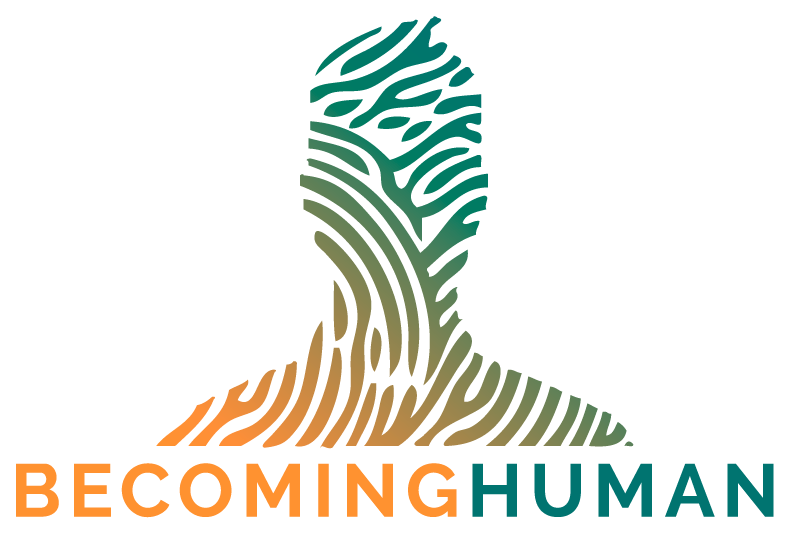






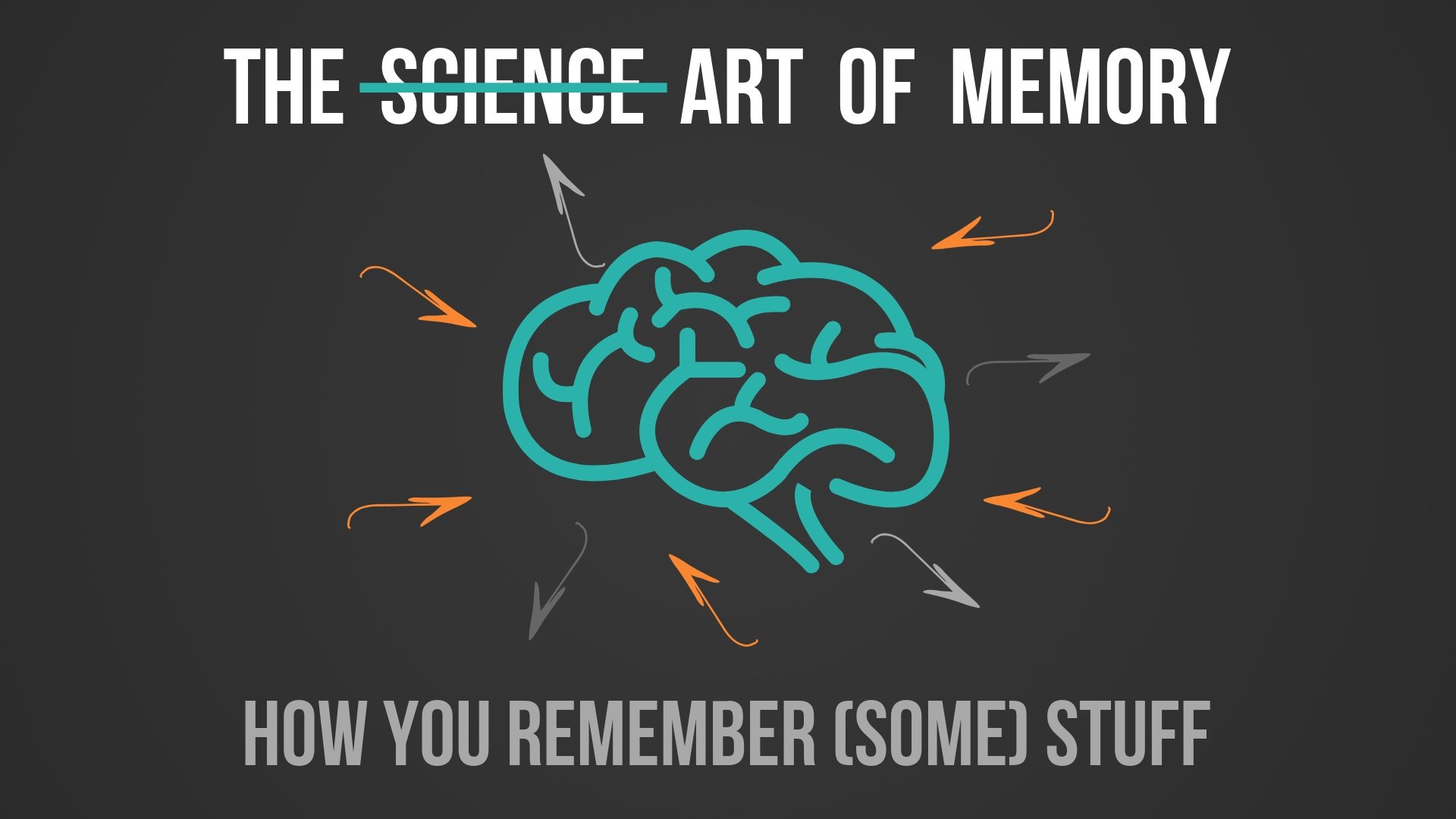







![Three Reasons We're Lonely - [And Three Responses For Being Less So]](https://images.squarespace-cdn.com/content/v1/5963d280893fc02db1b9a659/1651234022075-7WEKZ2LGDVCR7IM74KE2/Loneliness+3+update+%283%29.png)




















